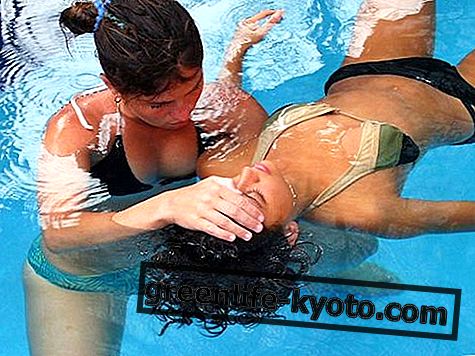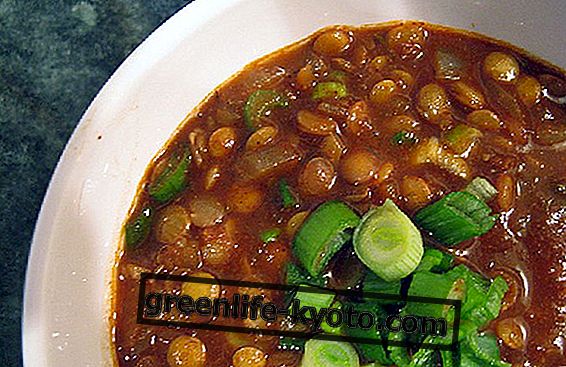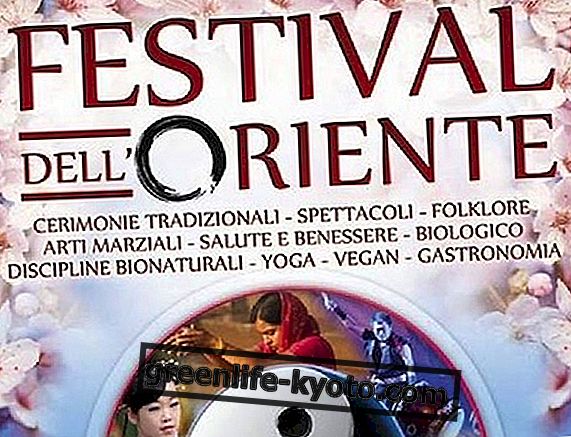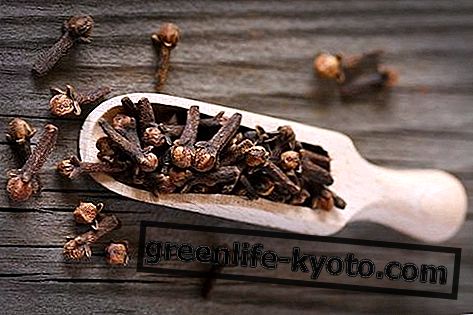
The Chinese martial arts, a fundamental element for the education of noble warriors and monastic orders, have very ancient origins. We discover their history, styles and their evolution over the centuries until today.
Origins of Chinese martial arts
The history of China is fascinating, rich and animated by various frictions between kingdoms and fiefdoms. In this context , martial arts have always found a special place in society and in local culture, considered a fundamental element for the education of noble warriors and monastic orders.
The legends trace Chinese martial arts to mythical figures such as the Indian Buddhist monk Bodhidharma, the origin of Shaolin, and Zhang Sanfeng, linked to Taijiquan.
The endless legends of Chinese martial culture flow into medicine, mysticism, alchemy, the search for immortality, philosophy and many arts such as painting, music, poetry and dance. Over the centuries, all the various schools deriving from military practices, from hunting, from physical discipline and from personal defense have then merged into what is called Kung F u.
Kung Fu
The term Kung Fu means excellence, skill, in the sense of mastering a technique with mastery. Although this name is linked to martial practice, it refers to a tendency towards progress and self-improvement which also includes meditation, self-mastery, study.
From the martial point of view, Kung Fu is subdivided into styles, which can be "internal" or "external", that is those that give importance to the inner condition often performing large and slow figures, and those that instead are based on physical speed and power .
Another classic subdivision is the North-South one : the Kung fu of the North love aesthetic figures, jumps and kicks, while Southern styles seek more physical contact with stable and narrow postures, often using fists.
The clothing for martial arts: the dress is the ritual
Chinese martial arts styles
The most important internal styles are:
- Taijiquan: is a style divided into numerous schools and families, based on the development of Dantien and the control of Qi. Extremely effective for health maintenance and body care. It produces Qi by spiraling movements.
- The Baguazhang: martial and mystical discipline, tied to a double thread to alchemy and Taoist cosmology, tends to produce Qi with circular movement
- Lo Xing Yi: Very combative style, explosive, apparently rude and ferocious, based on the study of body mechanics and positions of stability. Use Qi through straight lines.
The most famous external styles are:
- The Shaolin style: used for centuries by Buddhist monks.
- Bajiquan: based on fearsome low kicks produced by trained legs.
- Wing Chun: founded on the principles of the central line and the non-opposition of force.
All the various forms of Kung Fu based on the animal world : the style of the dragon, the monkey, the tiger, the mantis, the crane and the snake, just to mention the most famous.
Evolution of Chinese martial arts
All of these styles and schools tended to be secret and require initiations. Even today in Italy, despite the massive presence of Chinese immigrants, it is very rare to find a martial arts course directed by a Chinese master, training still takes place using old methodologies and old rituals ... often practitioners of these Kung Fu use sentences in code like "eat at midnight" to mean being a practitioner.
Despite the secrecy, all these styles have influenced each other over time and evolved, although many schools have remained faithful to the old teachings, handing them over more or less pure.
Each teacher had more pupils able to teach in turn, and each of them did it making changes to the style, sometimes anything but mild. After the opium wars, China opened up to the West and to boxing, testing itself and slowly leaving many less effective styles in disuse.
Chinese martial arts today
After the advent of mixed martial arts the world of martial arts has evolved rapidly and concretely: speaking of effectiveness, the gap between Kung Fu styles and other martial arts has been demonstrated by facts.
Almost no professional mixed martial arts fighter comes from Kung Fu except for a few rare exceptions that practiced the Sanda, a full-contact sports version very similar to Kick boxing but with the addition of projections and the use of knees.
This gap is due to cultural closure and the tendency to traditionalism, which prevented a true evolution. On the other hand it is also true that these modern mixed disciplines can be practiced at a competitive level only up to a certain age, while many Kung Fu styles can be practiced throughout life, indeed, they favor healthy old age and longevity, and often, as in many films, the older the master, the stronger he is.













